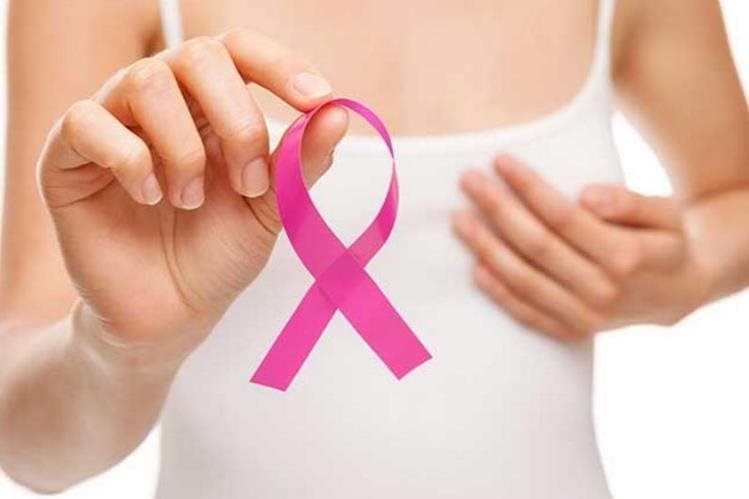In Greece, about 4,500 new cases of breast cancer are diagnosed each year, while related deaths amount to approx. 1,600.
If the cancer is diagnosed early enough, before it spreads to other organs, the five-year survival rate of women with breast cancer exceeds 95%. But despite advances in diagnosis and treatment, breast cancer still remains the leading cause of cancer-related deaths in women and the third cause of death overall in Europe and the United States.
Unfortunately, Greece is one of the countries where breast cancer is usually diagnosed when the disease is at a fairly advanced stage. Thus, the disease is more difficult to control and the chances of the cancer spreading to neighboring tissues and lymph nodes (invasive cancer) or to other parts of the body (metastatic cancer) are much higher. The organs most commonly affected by metastatic cancer are the bones (usually the first site of metastasis), the liver, the brain, and the lungs. In this case, the realistic goal of treatment is to offer relief from the symptoms, delay the progression of the disease and prolong life. About 50% of patients who are not diagnosed in an early stage will develop metastatic breast cancer and their average survival time is 18 to 30 months.
Breast cancer risk factors
The causes of breast cancer are unknown. However, there are certain factors that can increase a woman’s risk of developing the disease:
Family history of breast cancer
Middle age
History of benign breast diseases
Long-term exposure to hormones, e.g due to delayed menopause or hormone replacement therapy in postmenopausal women
Diagnosis and treatment
Symptoms of breast cancer include:
A hard mass («lump») that develops in the breast or armpit, which is usually painless and appears only on one side
Change in breast size or shape
Changes in the skin, such as appearance of cavities, folds or redness
Changes in the nipple, such as unusual discharge or rash around the nipple
Prevention always remains the best treatment. As the disease is now curable, provided that it is detected at an early stage, it is very important for women:
to check their breasts regularly by palpation, at least once a month, after the 7th day after the start of the period;
to visit their doctor immediately if they notice any unusual changes in the breast. There is no reason for panic, as most breast nodules are benign (non-cancerous) and can be removed without side effects;
to undergo a mammography regularly. Mammography is recommended after the age of 50, or earlier if there is a family history of breast cancer or other risk factors.
In case of diagnosis, the goal of treatment is to prevent the spread of the cancer cells (cells that have mutated and have started to multiply rapidly) and to kill them. The classic treatments for breast cancer, apart from surgery (mastectomy), are radiotherapy and chemotherapy (drugs administered orally or intravenously, usually in various combinations). Other treatments include biological therapies and hormone therapy.
Recent advances in medical research continue to equip oncologists with more “targeted” therapies, which are highly selective in locating and destroying cancer cells, thereby minimizing damage to healthy tissue.
Source: Ministry of Health






Comments are closed here.